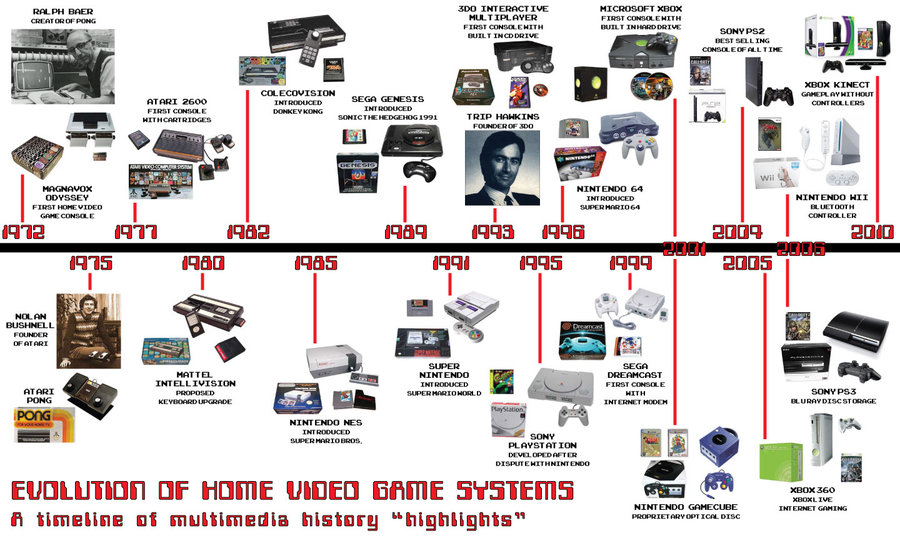Presenting game history: the four archetypes of digital game histories.
Jaakko Suominen’s article How to Present the History of Digital Games: Enthusiast, Emancipatory, Genealogical, and Pathological Approaches presents an overview of different types of digital game histories that exist. He has divided historiographies into four distinct categories: enthusiast, emancipatory, genealogical and pathological. These categories are differentiated by their concept of what is important in the history of digital games and in whom they’re targeted at.
The article is based on theoretical sampling of game historical literature, and it aims to provide unique classifications suited for historiography of video games.
The first, enthusiast category, encompasses histories written by fans which typically present games in a chronological order and place emphasis on paradigm shifters, the games which brought new ideas to the table and influenced subsequent releases the most. The genre typically places emphasis on the concepts of progress and technical revolutions. Another type of history included within this category is the “antiquarian” books, which simply list all games of a specific genre or platform.
The authors of these works might have academic backgrounds, but they aren’t trained or specialized in game history, but rather are hobbyists who possess journalistic tendencies. These journalistic accounts of writing can provide a more entertaining read, but are criticized for using too few sources, producing speculation and even “fetishizing video games”.
Emancipatory histories provide a counter-narrative to that “fetishization” displayed by the enthusiast histories. Emancipators seek to rhetorically challenge and unmark Western male-oriented “traditional histories” by focusing on marginalized groups, regional developments, cultural variations and other socioeconomic topics. This perspective towards history focuses more on the external factors of game development and the relations between games, gamers and culture more so than the games themselves.
The third group, genealogical histories, focus on the evolution of games and game genres. They place emphasis on the design influences and sources of influence of game developers to showcase the “family tree”-style relations between different game titles. Their purpose, the author argues, is to create tools for design and design studies and to spot gaps and missing links between games to better understand these mechanics and features.
The final category, pathologies, have the broadest perspective on game history. Pathologies examine games in a larger cultural context, by exploring the relationship between games and larger topics such as media culture, industrialization and consumption.
The major differences between these types of histories stem from the author’s education and intention. Different schools of histories are aimed at different people, and find different qualities interesting in the history of games. Even though researchers coming from these different schools of thought might sometimes employ the same sources, the questions they answer and answers they derive from that shared source material can wildly differ depending on the authors mission and outlook.
Original article: http://journals.sagepub.com/doi/pdf/10.1177/1555412016653341
Picture source: http://img09.deviantart.net/018e/i/2011/191/3/b/history_of_multimedia_timeline_by_autumleves-d3lljl3.jpg
You might also like
More from Game Research Highlights
How do you want to do this? – A look into the therapeutic uses of role-playing games
Can playing RPGs contribute positively to your wellbeing? A recent study aims to find out how RPGs are being used …
Eldritch horrors and tentacles – Defining what “Lovecraftian” is in games
H.P. Lovecrafts legacy lives today in the shared world of Cthulhu Mythos and its iconic monsters. Prema Arasu defines the …
Are Souls Games the Contemporary Myths?
Dom Ford’s Approaching FromSoftware’s Souls Games as Myth reveals the Souls series as a modern mythology where gods fall, desires …
















